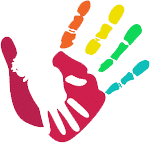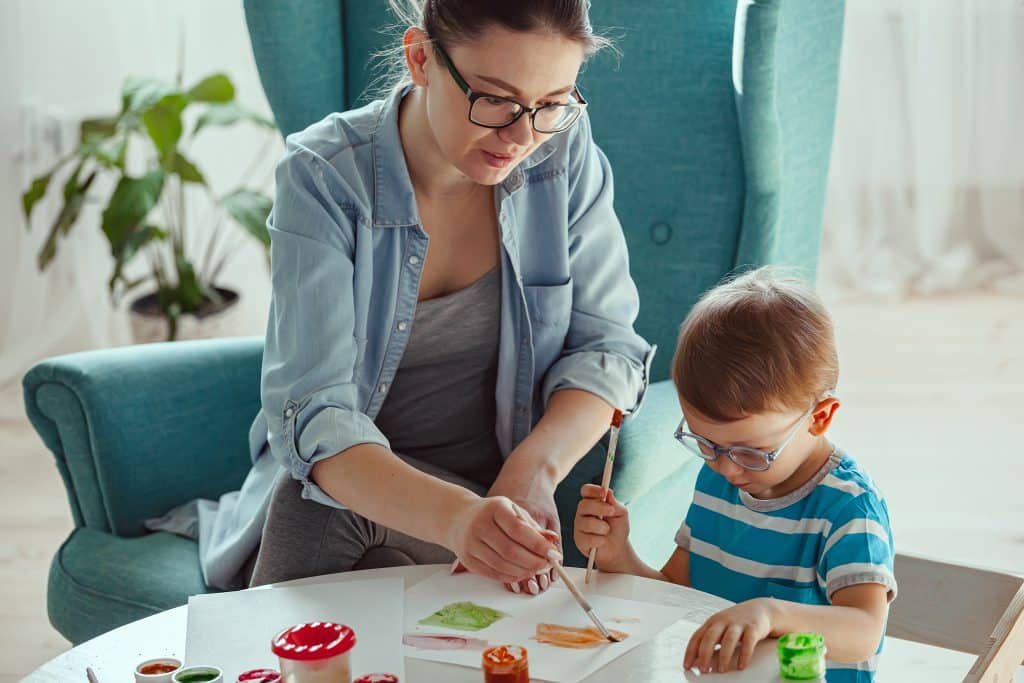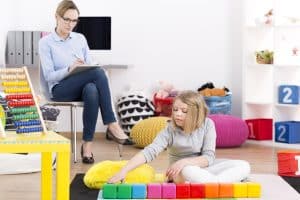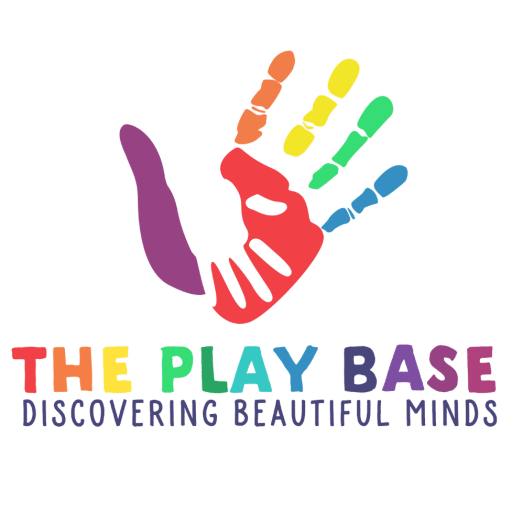For many parents of children with autism or language delays, speech development is one of the most important goals. You may have already explored traditional speech therapy, but did you know Applied Behavior Analysis (ABA) therapy can also help support communication skills? ABA therapy is widely known for addressing behavior, but it’s also highly effective in improving speech and language, especially when started early.
Below, we break down how ABA therapy can support your child’s speech development, what techniques are used, and how to find the right services for your needs.
How ABA Therapy Supports Communication Skills
ABA therapy uses evidence-based strategies to shape and reinforce desired behaviors, including communication. Whether your child is nonverbal, has limited language, or struggles with social communication, ABA can help in the following ways:
- Teaches functional communication: Children learn to ask for what they need, make choices, and express feelings using words, signs, or visuals.
- Breaks language down into small, teachable steps: Complex communication is taught in manageable parts, starting with basic sounds or requests.
- Reinforces speech attempts: Any effort to communicate is encouraged and rewarded to build confidence and consistency.
- Promotes generalization: Skills learned in therapy are practiced across home, school, and community settings.
Frances Fishman, founder of The Play Base, explains, “We use ABA to target more than just behavior. Communication is foundational, and our programs are tailored to help each child find their voice—whether that means spoken language, sign language, or assistive devices.”
Can ABA Therapy Help with Speech Delays?
Yes, especially when communication challenges are related to autism. ABA therapists often work on:
- Mand training: Teaching a child how to make requests (e.g., saying “juice” when thirsty).
- Echoic training: Encouraging repetition of words or sounds to build verbal skills.
- Tact training: Helping children label objects, people, or emotions.
- Intraverbal training: Teaching back-and-forth conversations, such as answering questions.
These methods are part of a structured plan that builds language step by step. If your child has a language delay, ABA speech development programs may offer more support than traditional speech therapy alone.
Speech Therapy vs. ABA: What’s Best for Language Development?
Both therapies can help—but in different ways. Speech therapists focus on articulation, oral motor skills, and voice, while ABA focuses on behavior shaping and motivation. When combined, they offer a powerful approach:
- Speech therapists guide how sounds and words are physically formed.
- ABA therapists support the why behind communication—teaching children that words get them what they need.
Frances shares, “Some of the greatest breakthroughs happen when we collaborate. Speech and ABA therapy combined services can lead to faster progress, especially for children who are nonverbal or have complex needs.”
How ABA Techniques Boost Communication and Language Skills
ABA therapists use clear, consistent, and engaging techniques to support speech development, such as:
- Visual aids and picture exchange systems (PECS)
- Modeling and prompting correct words
- Natural environment teaching (NET) to practice speech in everyday settings
- Positive reinforcement for all communication attempts
- Data tracking to adjust strategies based on progress
These techniques are always customized to fit your child’s abilities and goals.
Is ABA Therapy Effective for Nonverbal Children?
Absolutely. For children who aren’t using spoken words, ABA provides alternative ways to communicate. Some children begin by using visuals or sign language and later develop verbal speech as their confidence grows.
Frances notes, “Every voice matters. Whether verbal or not, the goal is communication that works for the child and empowers them to be understood.”
Finding the Right ABA Speech Support for Your Child
If you’re searching for ABA speech therapy programs near me or in-home ABA for communication development, here’s what to look for:
- Board Certified Behaviour Analysts (BCBAs) with experience in language development
- Individualized therapy plans based on communication goals
- A setting that encourages play, social interaction, and real-world speech practice
- A team that works with speech therapists and families collaboratively
Getting Started with Speech-Focused ABA
Parents interested in enrolling in ABA therapy for speech should consider:
- Scheduling a comprehensive assessment
- Asking about speech development ABA techniques used in sessions
- Choosing a clinic or provider that values both communication and behavioral growth
- Starting as early as possible for the best outcomes
Frances adds, “Early intervention can be life-changing. Our goal at The Play Base is to build a strong foundation for communication that opens doors in school, friendships, and daily life.”
Take the Next Step
If your child is struggling with speech or language, you’re not alone—and you don’t have to navigate it alone. ABA therapy can offer the support, structure, and success your child needs to communicate with confidence.
Contact The Play Base today to learn how our ABA programs can help your child build speech and language skills through personalized, play-based therapy.









